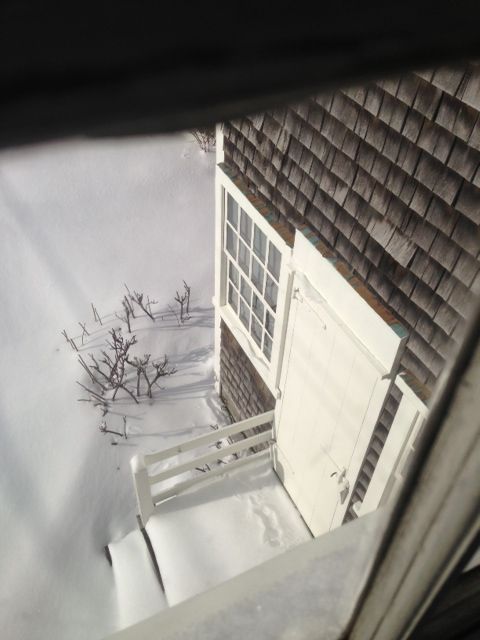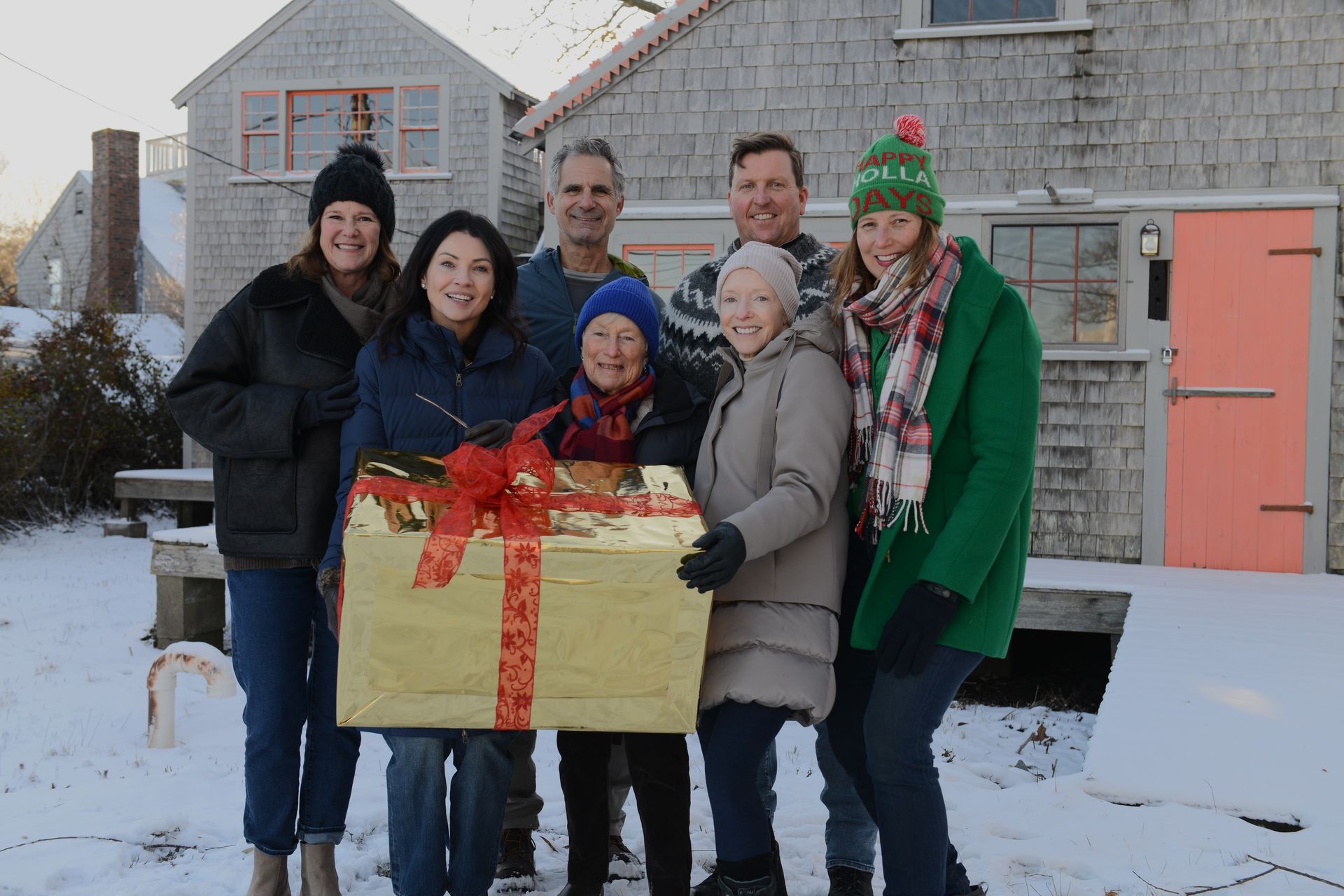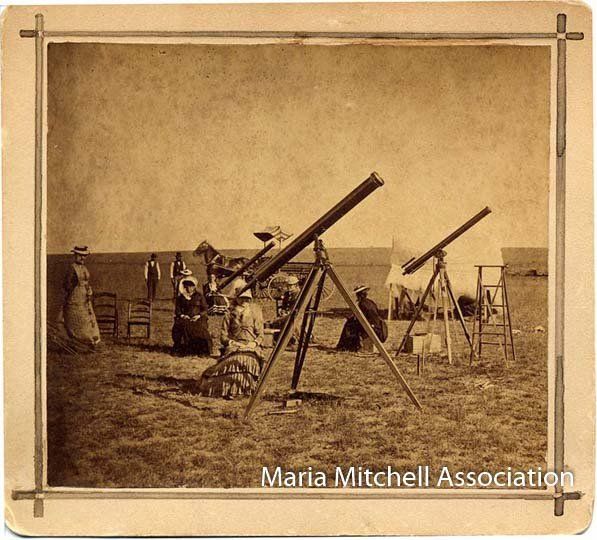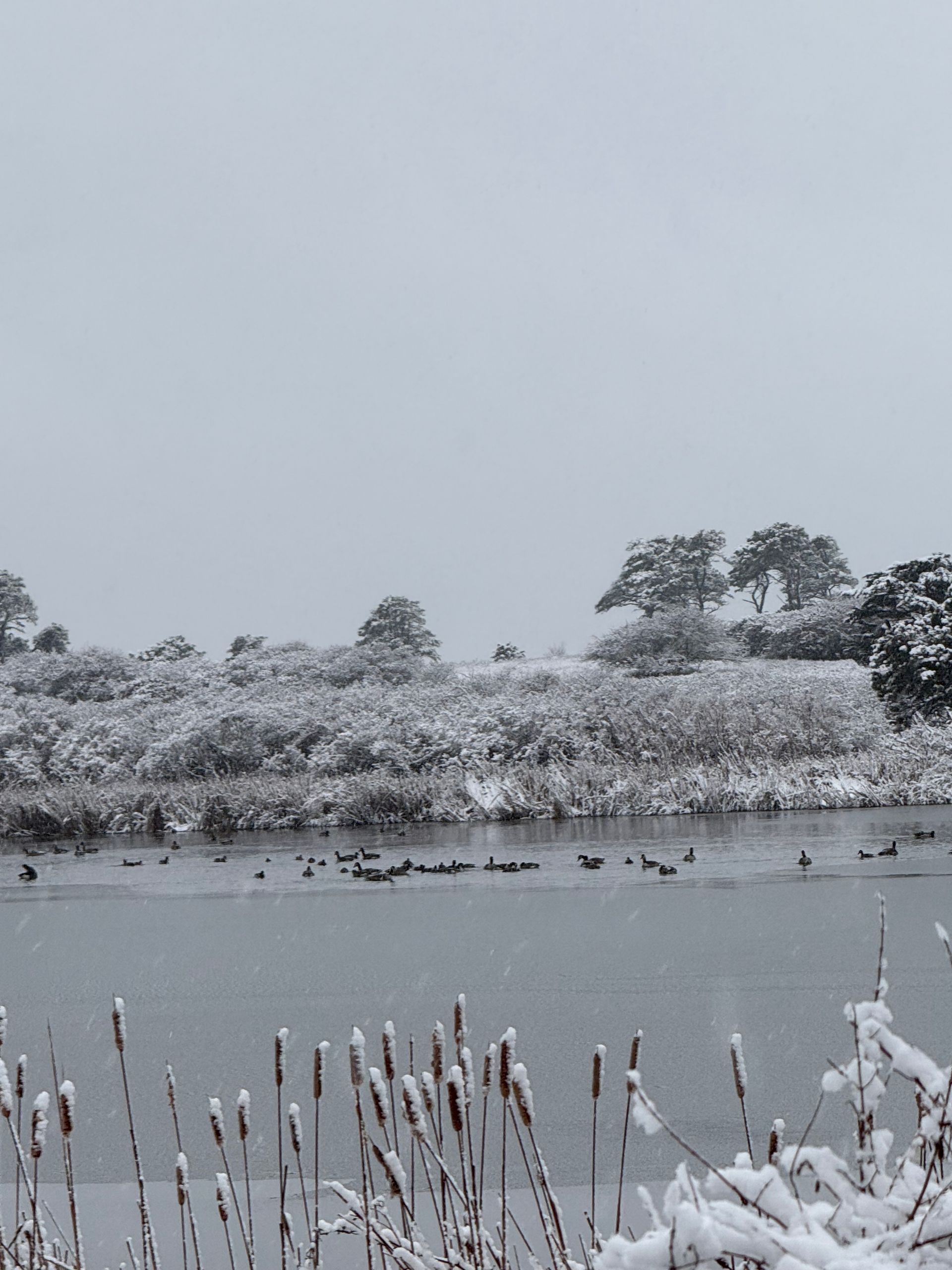The Cabinet of Curiosities
From this year’s Mitchell House Intern, Nikki Lohr, Vassar College Class of 2017.
In the Mitchell House sitting room stands William Mitchell’s writing desk, seven feet tall. When Maria was a child, she probably would have opened its cabinet doors to find shelves stacked with books and astronomy papers. Today, Mitchell House visitors will find the desk transformed into a cabinet of curiosities. In it, we installed a temporary exhibition about Maria’s travels. You’ll see photos of objects usually only found in the MMA archives, including pictures of Maria on her travels and a letter written from Nathaniel Hawthorne to Maria while she and the Hawthorne family traveled together in Rome.
Though Maria is remembered as a trailblazer of the heavens, she was just as pioneering on Earth. She traveled all over America and Europe in an age when a train ride from Chicago to St. Louis could take twenty-three hours and stage coaches plowed forth at a whopping six miles per hour.
Maria sailed to Europe twice, in 1857 and 1873. There, she visited over twenty-five cities in eight countries. She even ventured as far as Russia. In 1857, she took a four-month long grand tour of America. She journeyed out to the barren prairie lands of the Midwest and then south. After seeing New Orleans, she commented, “I think the Union cannot last.”
Perhaps most extraordinary, Maria sometimes traveled unaccompanied or only with women. At first, this made her wary. In May 1857, she visited Mammoth Cave, a massive natural monument in Kentucky. She wrote in her diary, “I was a little doubtful about the propriety of going into Mammoth Cave without a gentleman as protector, but if two ladies travel alone they must have the courage of men.”
By the time she reached Rome in 1858, she was happy to go it alone. She visited the Coliseum, the Vatican, and the Roman Forum – sites that must have resonated with her since she taught herself Latin at the Nantucket Atheneum. On January 24, 1858, she wrote to her sister Phebe: “I could scarcely believe that I really stood among the ruins, and was not dreaming! I really think I had more enjoyment for going alone and finding out for myself.”
So come by Mitchell House today, and learn more about Maria’s travels!
(And see the superb small exhibit created by Nikki with help from our student volunteer, Avery Hylton! JNLF)
Recent Posts





